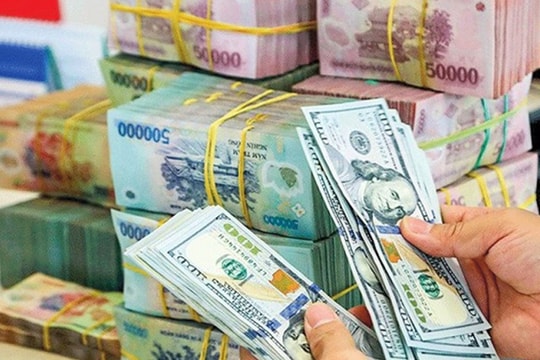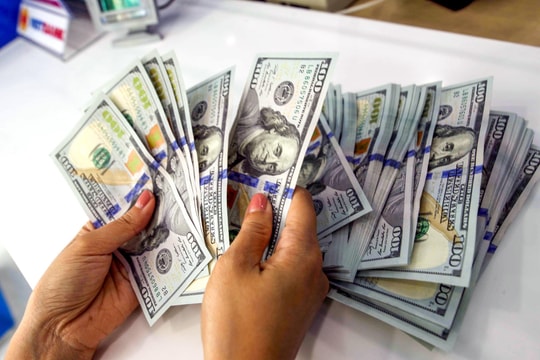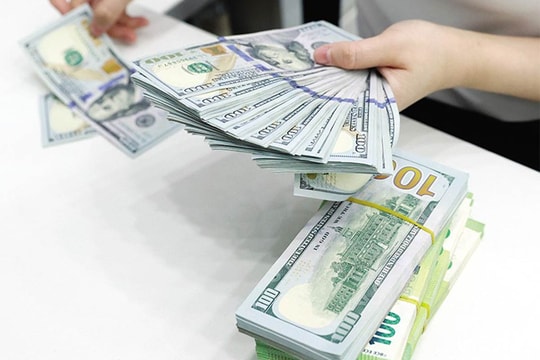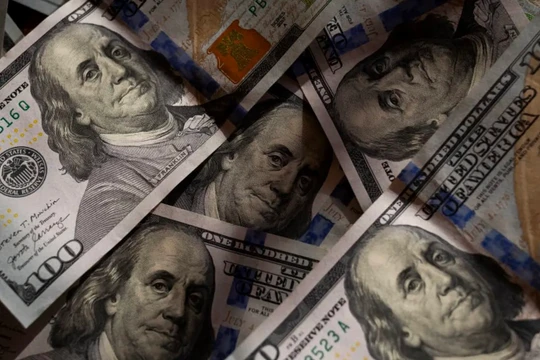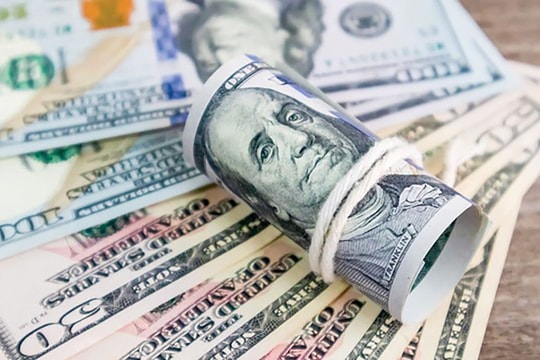Import-export businesses affected by high USD price
(Baonghean.vn)- The USD is at its highest level in many years, affecting the trade and import-export activities of businesses in many ways.
"Half happy, half worried"
Mr. Tran Duc Long - Chief Accountant of Kido Vinh Company Limited said that increasing the selling price of USD will be more beneficial for the company because for export enterprises like us, selling goods to earn USD, converting to VND will be more profitable.
In particular, many enterprises exporting goods from processed industrial products using domestic raw materials such as white stone, wood pellets, etc. are also benefiting. For example, enterprises producing wood pellets to the European market are quite favorable because on the one hand, the fuel market is heating up day by day, the price of biomass pellets in Europe from 800-900 USD/ton has nearly doubled to nearly 1,800 USD/ton; on the other hand, these enterprises also benefit from the current USD exchange rate difference.
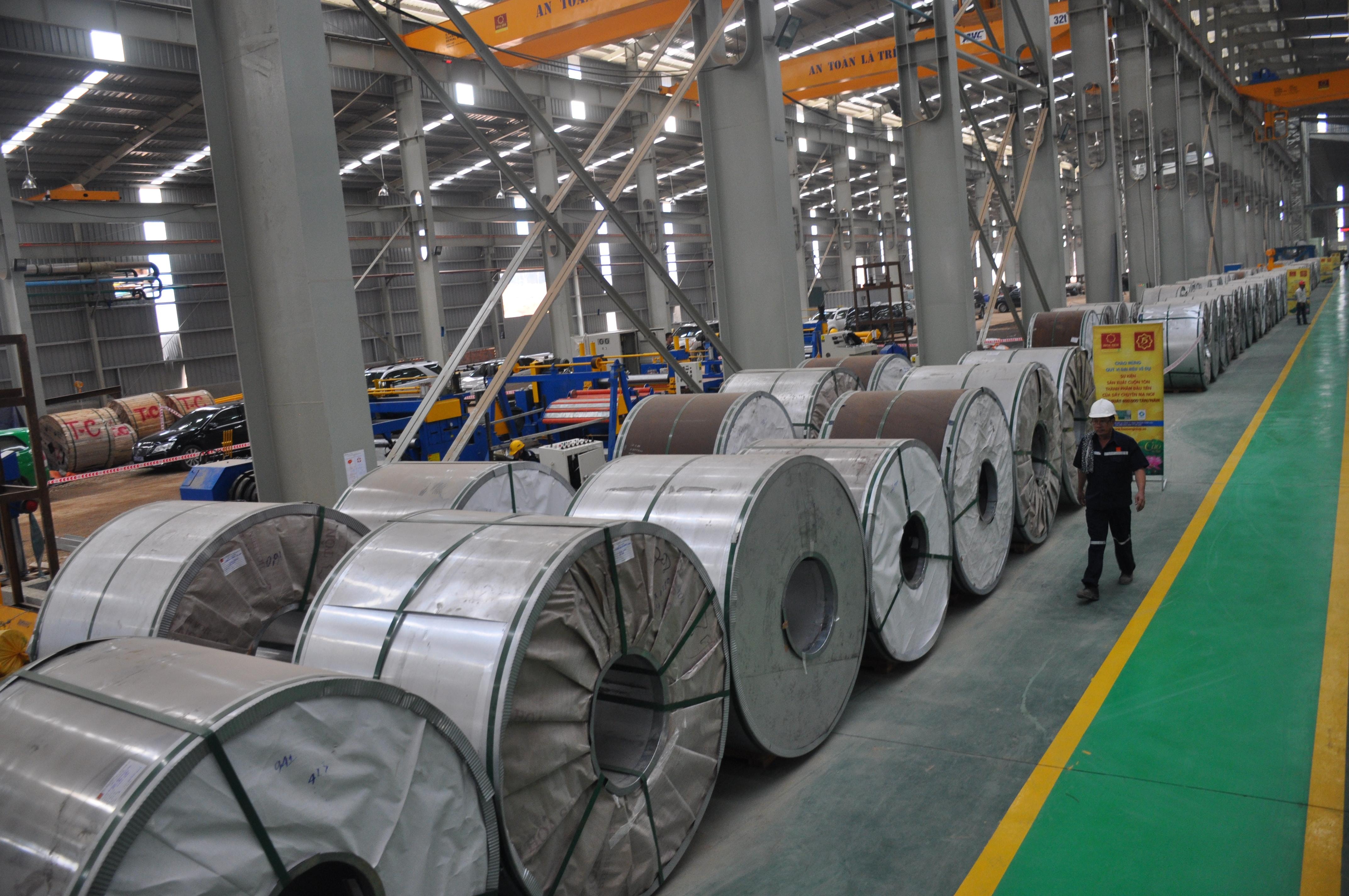 |
The increase in the USD exchange rate will affect businesses importing raw materials. In the photo: Hoa Sen corrugated iron products at Dong Hoi Industrial Park, Hoang Mai. Photo: Thu Huyen |
Mr. Hoang Minh Tuan - Head of Import-Export Department of the Department of Industry and Trade said that the recent increase in the USD price has made businesses "half happy, half worried". With the current exchange rate, our import-export activities will be affected, but the extent must be calculated specifically for each market and each group of goods.
For the export of agricultural products, aquatic products, handicrafts... using domestic raw materials is clearly beneficial. As for enterprises exporting processed goods but importing raw materials at this time, it is both favorable and difficult. For example, the processing and manufacturing industry group - the group of goods accounting for the largest proportion in the province's export turnover (average about 75.6%) is mainly processing and assembling, having to import most of the components, depending on input materials. Therefore, enterprises exporting this group of goods are affected by increased import prices.
The increase in USD exchange rate will be better for export enterprises, especially in the fields of agricultural products, aquatic products, etc. Concerns arise for enterprises importing consumer goods for domestic consumption; units importing raw materials, the increase in USD price causes import fees and transportation fees to increase. Moreover, the high inflation situation in Vietnam's key markets such as the US, Europe, etc. causes a decrease in purchasing power, significantly affecting the order situation of enterprises.
Another group of businesses that will be negatively affected by the increase in the USD exchange rate are importers, mainly FDI enterprises. In VSIP and WHA Industrial Parks, many newly-invested enterprises are in the process of importing machinery, equipment, and components for production and will face difficulties due to exchange rate fluctuations.
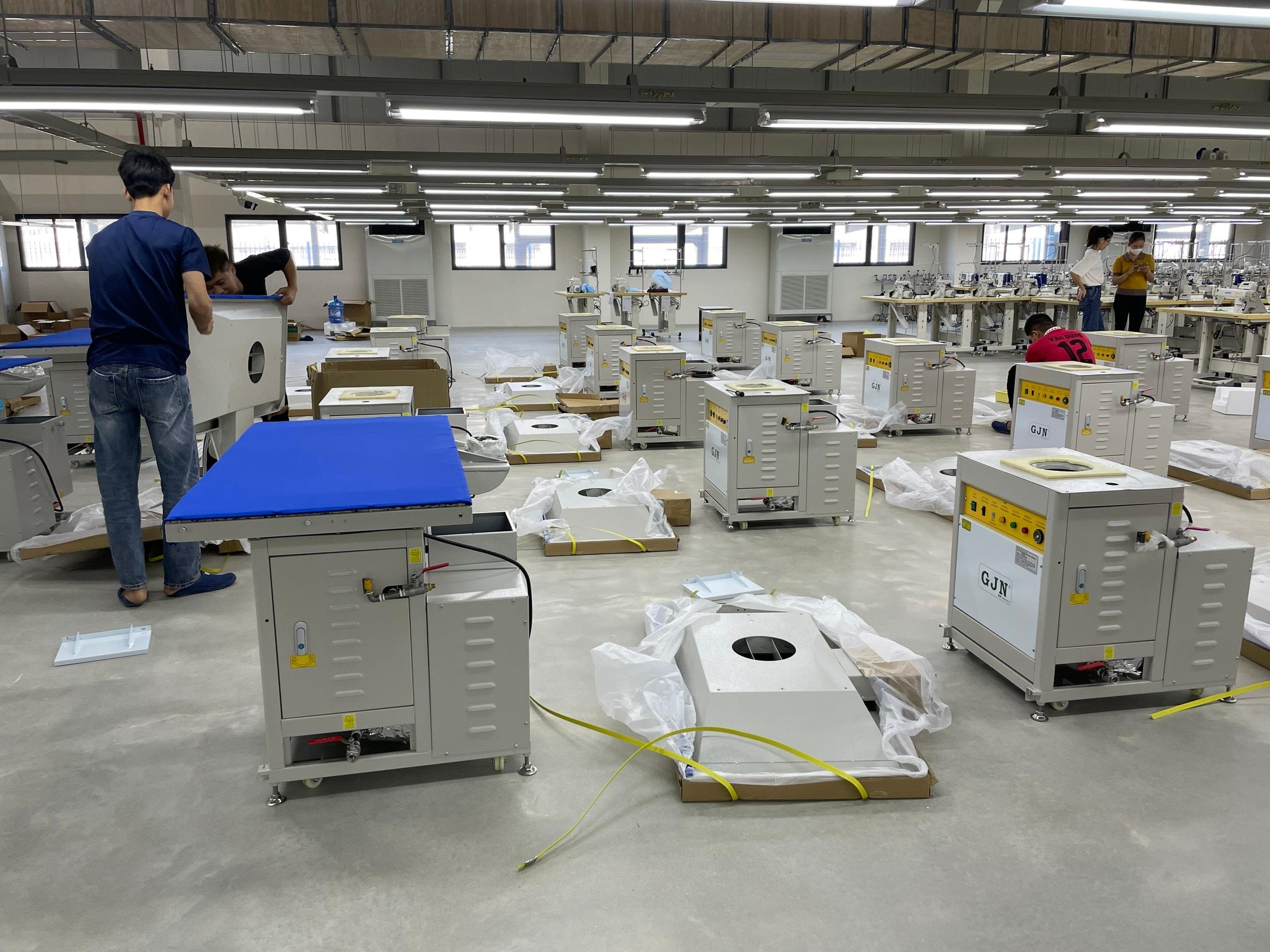 |
| Nakano Vietnam Garment Co., Ltd. at WHA Industrial Park installs equipment lines in preparation for production. Photo: Thu Huyen |
At WHA Industrial Park, Nakano Garment Vietnam Co., Ltd., with 100% Japanese capital, is investing in a garment factory with a capacity of 6 million products/year. The company is focusing on installing equipment lines to prepare for operation but is facing foreign currency fluctuations. Ms. Nguyen Thi Van - Head of Accounting - Import-Export Department of the company said: Machinery and equipment were imported at the beginning of the year when the USD and Yen prices had not fluctuated. Currently, all investment costs, VAT, and import taxes related to foreign currencies have caused costs to increase.
Proactively adjust and adapt
On November 1, the USD price at commercial banks increased slightly but the free market rose to nearly 25,400 VND. The central exchange rate announced by the State Bank was 23,697 VND, up 2 VND compared to October 31. Vietcombank also increased by 2 VND compared to yesterday, up to 24,569 VND/USD and sold at 24,879 VND/USD. Eximbank kept the USD price unchanged when continuing to buy at 24,680 VND/USD and sell at 24,875 VND/USD...
The US dollar fell slightly on November 2 as traders weighed the possibility that the US Federal Reserve (Fed) would signal a less aggressive rate tightening path. The State Bank announced the central exchange rate of the Vietnamese dong against the US dollar at: 22,466 VND (down 2 VND). The reference exchange rate at the State Bank Exchange is currently buying at 22,710 VND (unchanged) and selling at 23,120 VND (down 2 VND).
Early morning of November 2, most commercial banks kept the US dollar exchange rate unchanged compared to the end of the previous session, commonly at 22,675 VND (buy) and 22,745 VND (sell).
According to the State Bank of Vietnam, Nghe An branch, currently, foreign currency debt in the province accounts for only 2% of the total debt, with 5,067 billion VND. The legitimate foreign currency needs of organizations and individuals are met promptly and fully.
 |
| Exchange rate fluctuations are affecting import-export businesses. Photo: Thu Huyen |
To cope with current adverse exchange rate fluctuations, businesses need to proactively adjust and adapt.
Mr. Cao Minh Tu - Deputy Director of the Department of Industry and Trade said: In response to the FED's interest rate increase, which led to an increase in the USD price compared to the VND, the Government has directed the Ministry of Finance and relevant ministries and branches. In the current unpredictable situation, import and export enterprises should diversify their markets, including both export and import, and diversify the payment currencies in foreign trade contracts. Encourage enterprises to make the most of domestic raw material supply to produce export goods. In addition, take full advantage of signed free trade agreements (FTAs) to create competitive advantages in exports.
“Importing companies need to maximize domestic resources, seek alternative domestic partners, and gradually reduce dependence on one import market to help reduce costs and limit risks in the current context of exchange rate fluctuations,” said the leader of the Department of Industry and Trade.
 |
Many export businesses' profits increased thanks to the increase in USD price. Photo: Thu Huyen |
Along with accompanying businesses to cope with exchange rate fluctuations, to achieve the export turnover target of 2.35 billion USD in 2022, the Industry and Trade sector has proposed 5 groups of solutions including creating export goods sources, improving the effectiveness of export promotion work, improving competitiveness for export enterprises, developing infrastructure, export services and improving the effectiveness and efficiency of state management in the field of import and export.
In addition, related sectors such as Tax, Customs, Transport, etc. coordinate and facilitate the production, circulation and distribution of goods in the province and domestically as well as the import and export of goods to foreign markets. The Tax sector guides enterprises participating in export activities on payment methods as well as recommends measures to prevent risks in payment when signing contracts. Thereby, it partly limits the impact of fluctuations in the USD exchange rate and stabilizes import and export activities.

